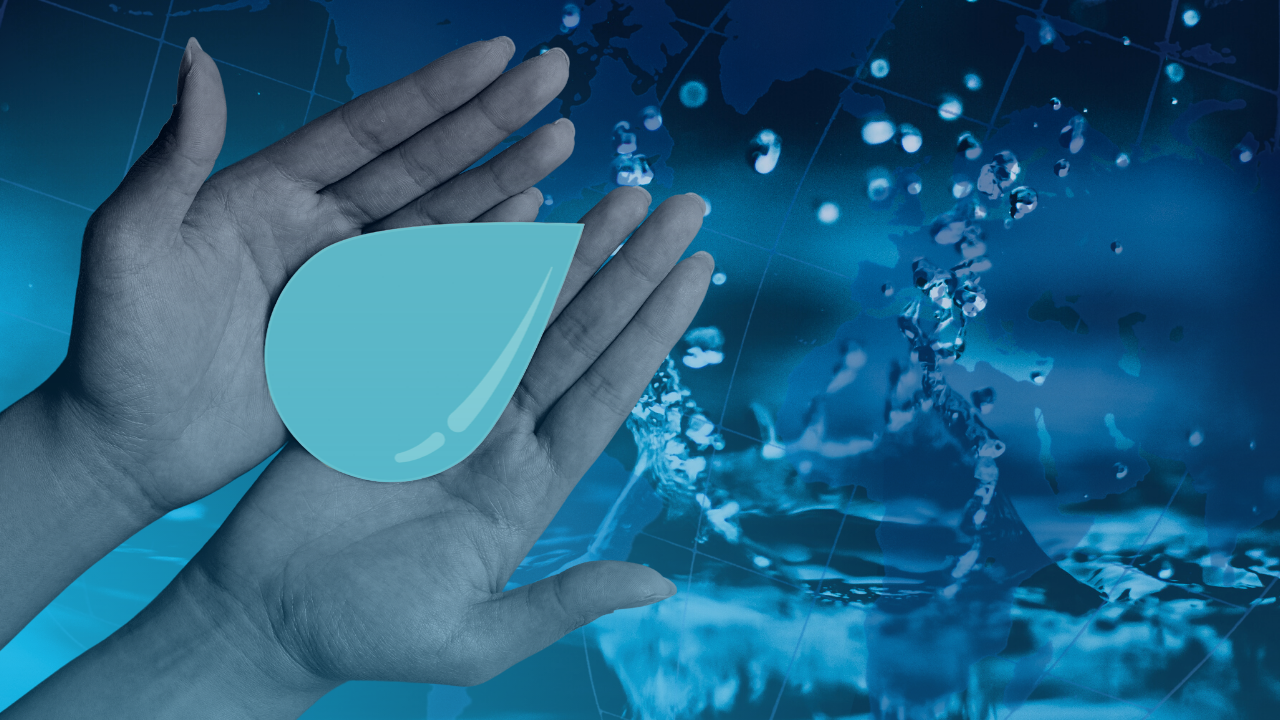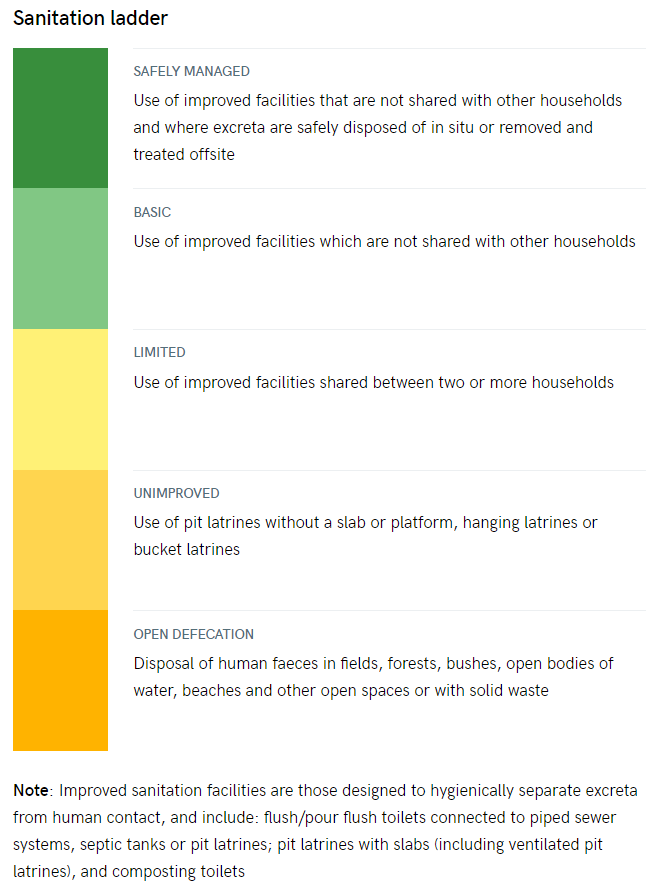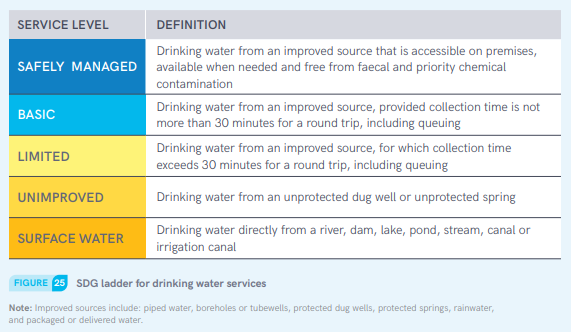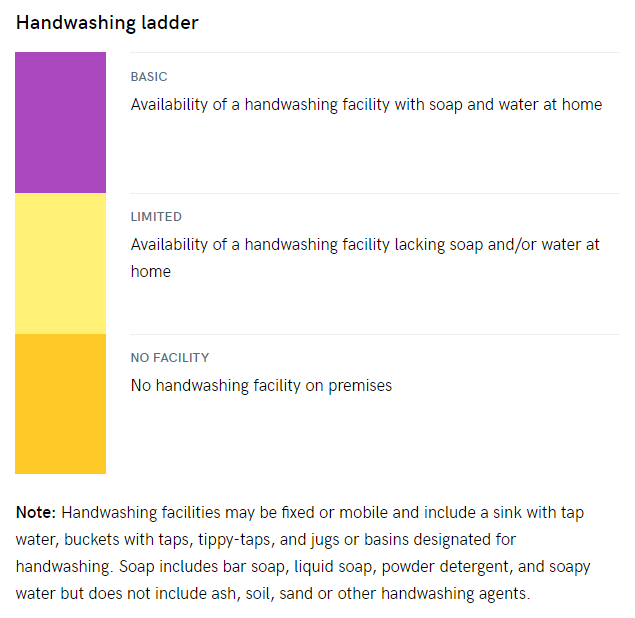World Water Day: Water and sanitation in PH
MANILA, Philippines—On March 22, 1993, the world, led by the United Nations General Assembly (UNGA), observed the first-ever World Day for Water, which has since become an annual event participated in by many countries.
World Water Day, according to the UN, aims to celebrate water and raise awareness of the two billion people across the world who are living without access to safe water.
“It is about taking action to tackle the global water crisis,” the UN said.
The celebration of World Water Day, according to the UN, also seeks to focus on efforts to achieve UN Sustainable Development Goal (SDG) No. 6—water and sanitation for all by 2030.
But data from the UN showed that 129 countries were still not on track to have sustainably managed water resources by 2030. The UN said the current rate of progress needs to be doubled.
Article continues after this advertisementIn observance of World Water Day on March 22, INQUIRER.net would take a close look at water, sanitation, and hygiene issues in the Philippines.
Article continues after this advertisementPH household data: Safe drinking water
The first target under SDG 6 is to achieve “universal and equitable access to safe and affordable drinking water for all” by 2030.
The indicator for this target focuses on the portion of the population using safely managed drinking water services, which was defined by World Health Organization and Unicef as “one located on-premises, available when needed and free from contamination.”
It was just one of the five drinking water services—or the “service ladders”—used by the SDG and Unicef Joint Monitoring Programme for Water Supply, Sanitation and Hygiene (JMP) to benchmark and compare progress across countries.
The four other service levels were:
- basic: drinking water from improved sources—piped water, boreholes or tube wells, protected dug wells or springs, rainwater, and
- packaged water—that are safe but require at least 30 minutes of travel back and forth to collect
- limited: drinking water from an improved source that takes over 30 minutes to collect and transport
- unimproved: drinking water from an unprotected dug well or spring
- surface water: drinking water from a surface water source such as a lake, dam, river, canal, irrigation canal, etc.
By the year 2020, at least half or 47.46 percent of the Philippines’ population had access to safely managed drinking water.
Although the country was still halfway through in terms of progress for SDG 6, the figures have consistently improved since 2015. Records by JMP and WHO on the portion of the Philippine population with access to safely managed drinking water were:
- 2015: 46.32 percent
- 2016: 46.56 percent
- 2017: 46.78 percent
- 2018: 47 percent
- 2019: 47.23 percent
- 2020: 47.46 percent
There were more people from urban areas who had access to safely managed drinking water in 2020, around 61.80 percent, than those from rural areas with only 34.54 percent.

Access to drinking water in PH, based on different service levels for drinking water services, in 202. GRAPHICS: WHO-Unicef-JMP
In the same year, the portion of people in the urban and rural areas in the Philippines who had access to the four other service levels was:
- basic: 35.69 percent (urban), 56.52 percent (rural)
- limited: 1.63 percent (urban), 3.96 percent (rural)
- unimproved: 0.88 percent (urban), 4.98 percent (rural)
Five years ago, in 2017, data from JMP showed that the majority—or 99.26 percent—of the country’s richest population had access to basic drinking water.
In comparison, only 83.16 percent of the poorest population in the Philippines had access to basic drinking water. During that year, 13.08 percent of the poorest population was still relying on unimproved water services and there was still at least 0.19 percent who were getting their drinking water from surface water.
PH household data: Safe sanitation
The sanitation and hygiene conditions in the Philippines likewise improved in 2020.
Target 6.2 of SDG 6 focuses on “achieving access to adequate and equitable sanitation and hygiene for all and end open defecation, paying special attention to the needs of women and girls and those in vulnerable situations” by 2020.
The WHO and JMP monitor the progress of each country through the SDG and JMP ladder for sanitation, which includes safely managed sanitation facilities, basic sanitation facilities, limited sanitation facilities, unimproved sanitation facilities, and open defecation.
In 2020, 60.64 percent of the Philippines’ population had access to safely managed sanitation facilities—defined as “use of improved facilities that are not shared with other households and where excreta are safely disposed of in situ or removed and treated offsite.”
Filipinos in rural areas had better access to sanitation facilities in 2020 with at least 65.84 percent. About 54.86 percent of the population in urban areas had safely managed sanitation.
The share of Filipinos in 2020 who had access to basic sanitation facilities was 21.62 percent. Over 11 percent had access to limited improved facilities.
At least 2.84 percent of Filipinos still used pit latrines, hanging latrines, or bucket latrines in 2020, while 3.79 percent practiced open defecation.
In 2017, JMP found that the richest population in the country only used either basic sanitation facilities to limited sanitation facilities, with 94.83 percent and 4.96 percent.
On the other hand, the country’s poorest relied on basic, limited, and unimproved sanitation facilities, with 49.78 percent, 23.67 percent, and 8.33 percent.
Around 18.21 percent of the poorest population still practiced open defecation during the same year.
PH household data: Basic hygiene
In 2020, amid the coronavirus pandemic, hand washing and proper hygiene were regarded as the first line of defense against SARS-CoV-2, the virus that causes COVID-19.
Around the world, experts have been advising the public to keep their hands clean to help prevent the virus from spreading. In the Philippines, the health department has been reminding the public to make a conscious effort to maintain personal hygiene “such as the washing of the hands for 20 seconds at the palm and the back of the hands and digits.”
Figures in 2020 showed a promising state of the country’s access to basic hygiene—monitored through the JMP and SDG service ladder for hygiene, which includes:
basic: availability of a handwashing facility with soap and water at home
limited: availability of a handwashing facility lacking soap and/or water at home
no service: no hand washing facility at home
In 2020, 81.71 percent of the population in the Philippines had a hand washing facility with soap and water within their homes, while only 11.62 percent had limited access to hand washing facilities.
However, there was still 6.66 percent which had no adequate hand washing facility and had no access to soap and water amid the pandemic.
The share of the population from urban and rural areas who had access to basic hand washing facilities was close—with 85.27 percent and 78.51 percent.
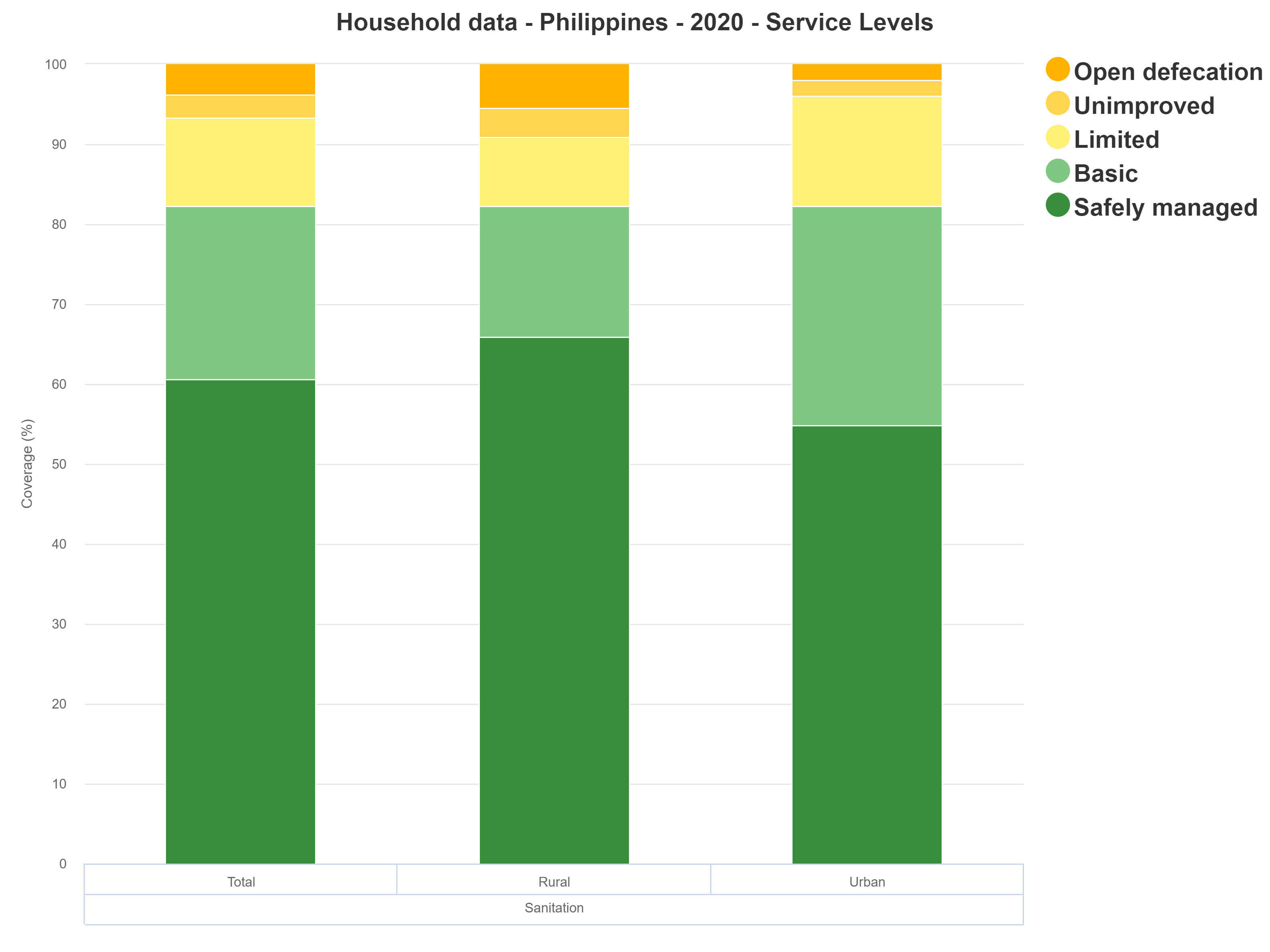
Access to sanitation facilities in PH, based on different service levels for sanitation, in 2020. GRAPHICS: WHO-Unicef-JMP
At least 10.47 in urban areas and 12.66 percent in rural areas were able to use limited hand washing facilities in 2020.
At least 4.26 percent in urban areas and 8.83 in rural areas lacked access to either basic or limited hand washing facilities.
Spotlight on groundwater
This year’s celebration of World Water Day, according to the UN, will focus on the theme: “Groundwater—making the invisible visible.”
“Groundwater is invisible, but its impact is visible everywhere. Out of sight, under our feet, groundwater is a hidden treasure that enriches our lives,” the UN said.
“Groundwater may be out of sight, but it must not be out of mind. In the driest parts of the world, it may be the only water people have,” it added.
The UN has placed the spotlight on groundwater, as most arid areas of the world depend entirely on it. It supplies a large proportion of the water used across the globe for drinking, sanitation, food production, and industrial processes.
It likewise plays a critical role in maintaining the healthy functioning of ecosystems, such as wetlands and rivers.
Unfortunately, the UN noted that groundwater is being overused in many areas worldwide, “where more water is abstracted from aquifers than is recharged by rain and snow,” and eventually leads to depletion.
Groundwater in many areas was also either polluted, undiscovered or unutilized.
“In other places, we do not know how much groundwater lies beneath our feet, which means we could be failing to harness a potentially vital water resource,” the UN stated.
“Exploring, protecting, and sustainably using groundwater will be central to surviving and adapting to climate change and meeting the needs of a growing population,” it added.
